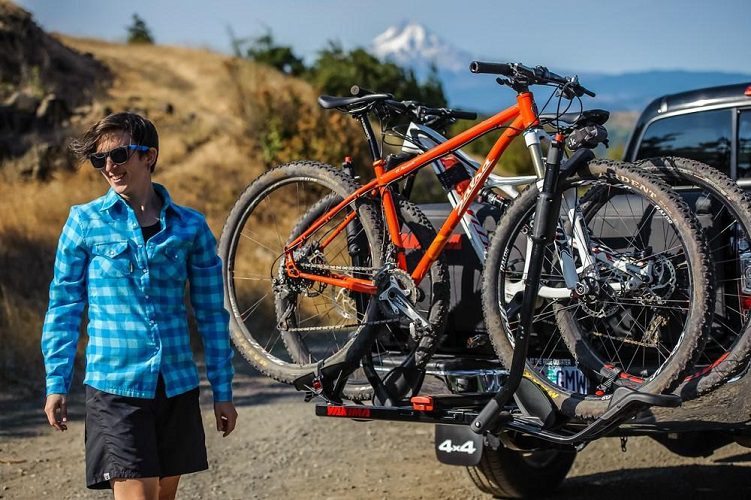
Fat tire bikes have surged in popularity, opening up new possibilities for off-road exploration across diverse terrains. However, their unique design, characterized by oversized, wide tires, necessitates specialized carriers for safe and convenient transportation. This guide provides a comprehensive overview of fat tire bike carriers, covering their importance, key features, and selection considerations.
Understanding Fat Tire Bike Carriers
Fat tire bike carriers are specifically designed racks or mounts that securely attach fat tire bikes to vehicles. Unlike carriers for traditional bikes, these carriers feature wider cradles, adjustable frames, or extended trays to accommodate the fat tires, which typically measure 3.8 inches or more in width. These specialized designs ensure a stable platform for transportation, preventing damage to both the bike and the vehicle. Fat tire bike carriers are available in hitch-mounted, roof-mounted, and trunk-mounted options, each with distinct advantages and considerations.
The Importance of Selecting the Right Carrier
Choosing the correct fat tire bike carrier is crucial for several reasons:
- Safety: A well-designed carrier ensures the bike’s safety during transportation by securely holding it in place and preventing movement, scratches, or damage. It also enhances stability, minimizing the risk of accidents caused by the bike coming loose while driving.
- Convenience: A compatible carrier streamlines the loading and unloading process, saving time and effort. User-friendly features like quick-release mechanisms, adjustable straps, and easy installation further simplify the overall experience.
- Vehicle Protection: A suitable carrier protects the vehicle from potential damage by incorporating padding or protective coatings to prevent scratches or dents. Optimized weight distribution is also essential to avoid excessive strain on the vehicle’s structure.
- Compatibility: Proper carrier selection ensures compatibility with the specific bike and vehicle, considering factors like weight capacity, attachment methods, and bike size restrictions.
Investing in the right fat tire bike carrier provides peace of mind, convenience, and protection for both the bike and the vehicle.
Understanding Fat Tire Bikes
Fat tire bikes are characterized by their oversized, wide tires, typically measuring 3.8 inches or more in width. These tires offer increased surface area, providing enhanced grip and traction on loose surfaces like sand, snow, or mud. The wider tires also absorb shocks, contributing to a smoother ride over rough terrain.
Fat tire bikes are designed to be ridden at significantly lower tire pressures, allowing the tires to conform to the terrain for improved traction and flotation. This feature makes them suitable for soft surfaces where regular bikes may struggle.
These bikes are versatile and excel in various terrains and conditions, including snowy trails, sandy beaches, rocky paths, and muddy trails. They are also suitable for all-season riding, performing exceptionally well in winter conditions.
Factors to Consider When Buying a Fat Tire Bike Carrier
When purchasing a fat tire bike carrier, several factors should be carefully considered to ensure the best fit for your needs:
- Bike Compatibility: Ensure the carrier can accommodate your bike’s tire width, frame size, and weight.
- Car Compatibility: Verify that the carrier is compatible with your vehicle’s type, hitch receiver size (if applicable), or mounting points.
- Carrying Capacity: Determine the number of bikes the carrier can hold and its maximum weight limit.
- Security Features: Evaluate the carrier’s locking mechanisms and anti-theft features to protect your bikes.
- Installation and Ease of Use: Consider the carrier’s installation process, loading and unloading mechanisms, and accessibility features.
- Storage and Portability: Assess the carrier’s foldability, weight, and compatibility with storage solutions.
By carefully evaluating these factors, you can make an informed decision and choose a fat tire bike carrier that meets your specific needs and provides a reliable solution for transporting your valuable bikes.

